Paprika is Spicy: A Flavorful Guide for Spice Lovers and Kitchen Pros
Table of Contents
Introduction to Paprika
Paprika is one of the most versatile and widely used spices in the world. Known for its rich color, smoky aroma, and bold flavor, paprika can range from sweet and mild to fiery and spicy. But what makes paprika is spicy? That’s the question we’re here to answer.
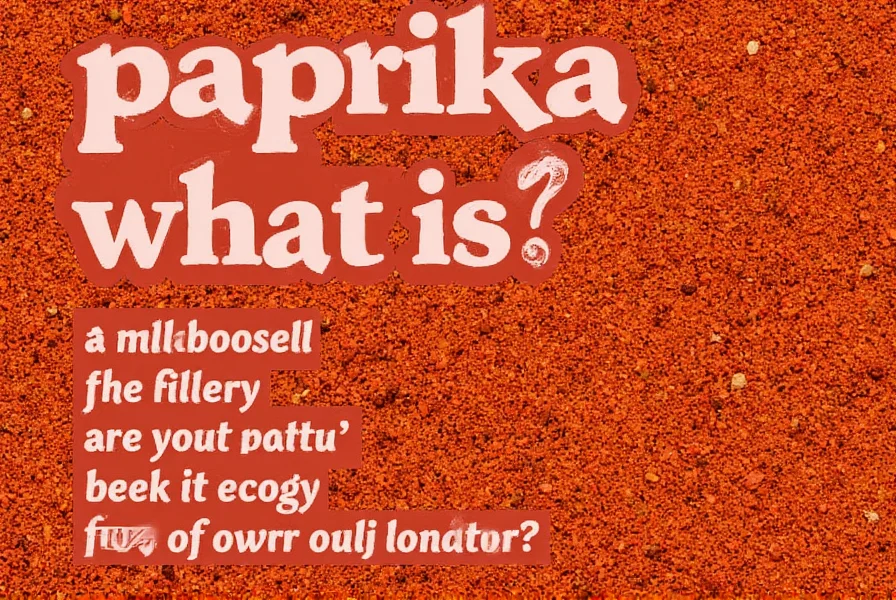
Whether you're an amateur cook or a professional chef, understanding the heat levels and uses of paprika can elevate your dishes to new heights. In this article, we’ll dive into the world of paprika, explore its spiciness, and give you all the tips you need to make the most of it in your kitchen.
Why Paprika is Spicy
The spiciness of paprika comes from capsaicin, the same compound that gives chili peppers their heat. However, not all paprika is created equal. The level of spiciness depends on the type of pepper used, how it's processed, and where it's grown.
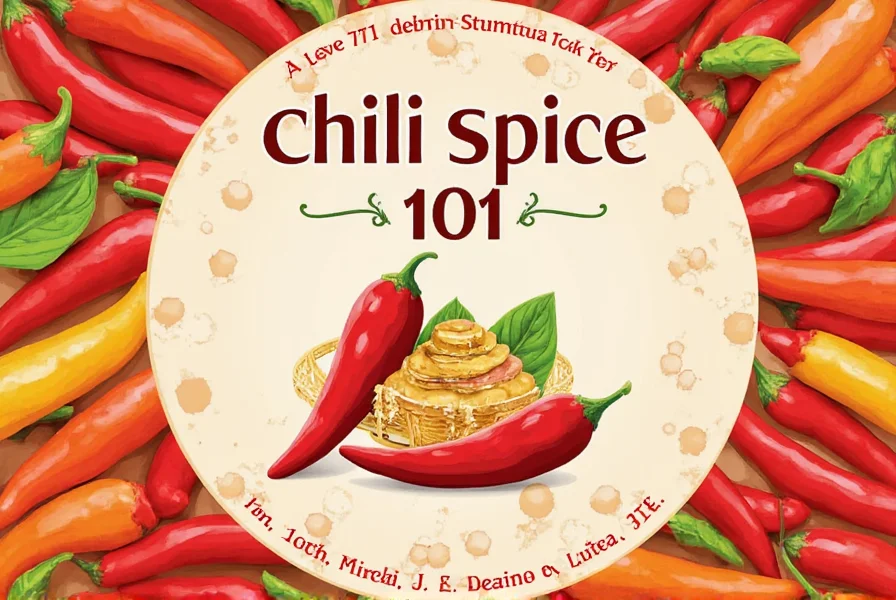
While some varieties are milder, others can be quite hot—especially when they're made from red bell peppers with a high concentration of capsaicin. This means that even though paprika is often associated with sweetness, it can indeed be spicy, and sometimes very spicy.
So, if you're looking for a kick without the burn of raw chili, paprika might just be the perfect spice for you. But how do you choose the right kind?
Types of Paprika and Their Heat Levels
Paprika comes in many forms, each with its own unique flavor profile and heat level. Here's a quick breakdown of the most common types:
| Type of Paprika | Heat Level | Flavor Profile | Best Uses |
|---|---|---|---|
| Sweet Paprika | Mild (0–1,000 SHU) | Earthy, slightly sweet | Stews, roasted vegetables, seasoning blends |
| Bell Pepper Paprika | Mild to Medium (1,000–3,000 SHU) | Smoky, slightly sweet | Grilled meats, soups, sauces |
| Spanish Smoked Paprika (Pimentón de la Vera) | Medium to Hot (3,000–15,000 SHU) | Smoky, intense, slightly sweet | Paella, chorizo, sausages |
| Hungarian Hot Paprika | Hot (15,000–30,000 SHU) | Spicy, fruity, smoky | Goulash, paprikash, spicy rubs |
| Japanese Shishito Paprika | Varies (0–100,000 SHU) | Green, peppery, sometimes spicy | Grilled, stir-fries, cocktails |
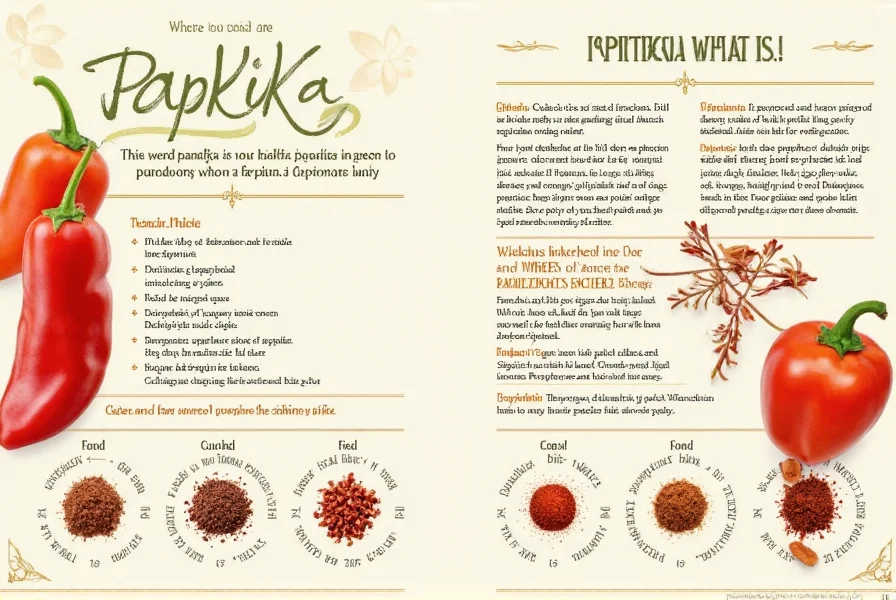
As you can see, paprika is spicy in some forms, but not all. If you're looking for a real kick, go for the Hungarian or Spanish varieties. For a more subtle heat, try the sweet or bell pepper types.
How to Use Paprika in Cooking
Paprika is incredibly versatile and can be used in a wide variety of dishes. Here are some popular ways to incorporate it into your cooking:
- Seasoning Rubs: Mix paprika with garlic, salt, and herbs for a flavorful rub on chicken, pork, or fish.
- Marinades: Add paprika to marinades for grilled meats or vegetables to enhance flavor and color.
- Sauces and Dips: Stir paprika into dips like hummus or tzatziki for a smoky twist.
- Stews and Soups: Sprinkle paprika into stews, soups, or bean dishes for depth and richness.
- Snacks: Toss paprika with popcorn, nuts, or roasted vegetables for a spicy snack.
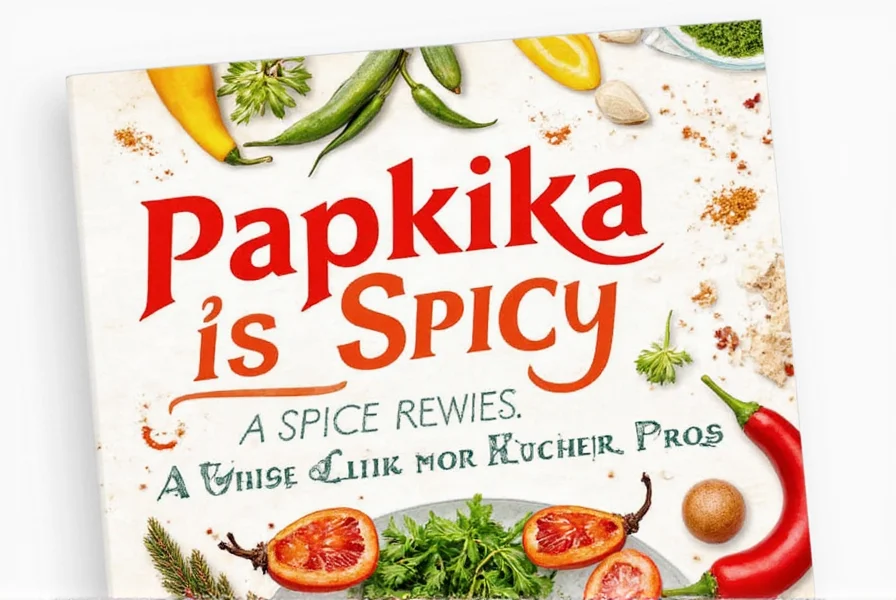
One of the best things about paprika is that it adds color as well as flavor. Its deep red hue makes dishes more visually appealing, which is a bonus for presentation.
Buying Guide: Choosing the Right Paprika
When buying paprika, there are several factors to consider. Here’s a detailed guide to help you choose the right one:
1. Type of Paprika
As we discussed earlier, different types of paprika offer varying levels of heat and flavor. Choose based on your taste preferences and the dish you're making.
2. Origin and Quality
Paprika from Spain, Hungary, and Mexico is often considered high quality due to traditional processing methods. Look for products that mention the region of origin on the label.
3. Form: Ground vs. Whole
Ground paprika is more convenient for everyday use, while whole paprika pods can be dried and ground at home for maximum freshness.
4. Brand Reputation
Choose reputable brands known for their quality and consistency. Brands like La Posta, Pimentón de la Vera, and Szeged are popular among chefs and home cooks alike.
5. Price and Value
Higher-priced paprika usually means better quality and stronger flavor. However, don't assume that all expensive paprika is worth it—read reviews and check for authenticity.
Pro Tips for Using Paprika Like a Pro
Here are some expert tips to help you get the most out of your paprika:
- Start Small: Paprika is powerful, so start with a small amount and adjust to taste.
- Use It Fresh: Freshly ground paprika has a more vibrant flavor than pre-ground versions.
- Pair It Smartly: Paprika pairs well with tomatoes, garlic, onions, and smoked ingredients.
- Don’t Overheat It: Paprika can become bitter if cooked for too long. Add it near the end of cooking for the best results.
- Experiment: Try combining paprika with other spices like cumin, coriander, or smoked paprika for unique flavor profiles.
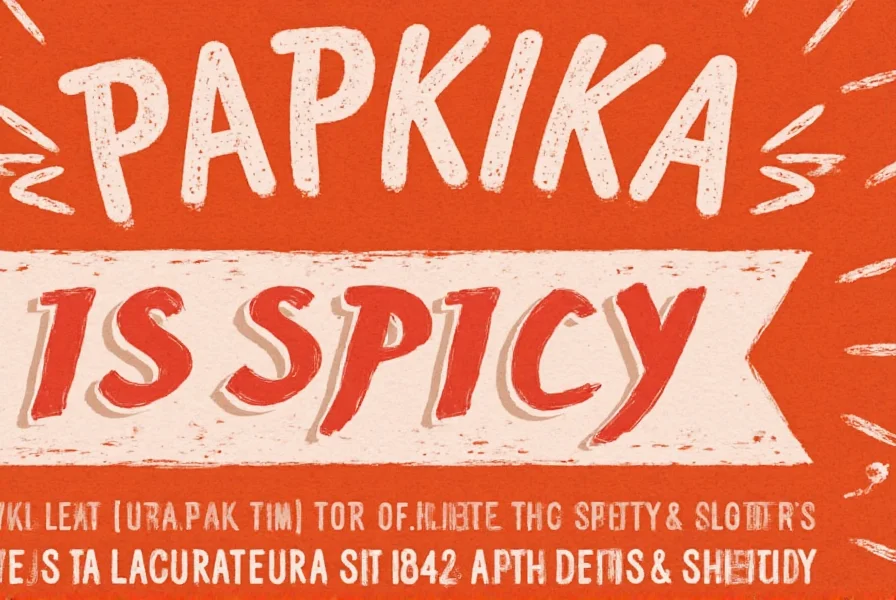
Remember, paprika is spicy in certain varieties, so always read the label before using. If you're unsure, start with a small amount and build up from there.
Conclusion
Paprika is spicy in some forms, especially when made from hot peppers like those used in Hungarian or Spanish varieties. Understanding the different types and heat levels of paprika allows you to use it more effectively in your cooking.
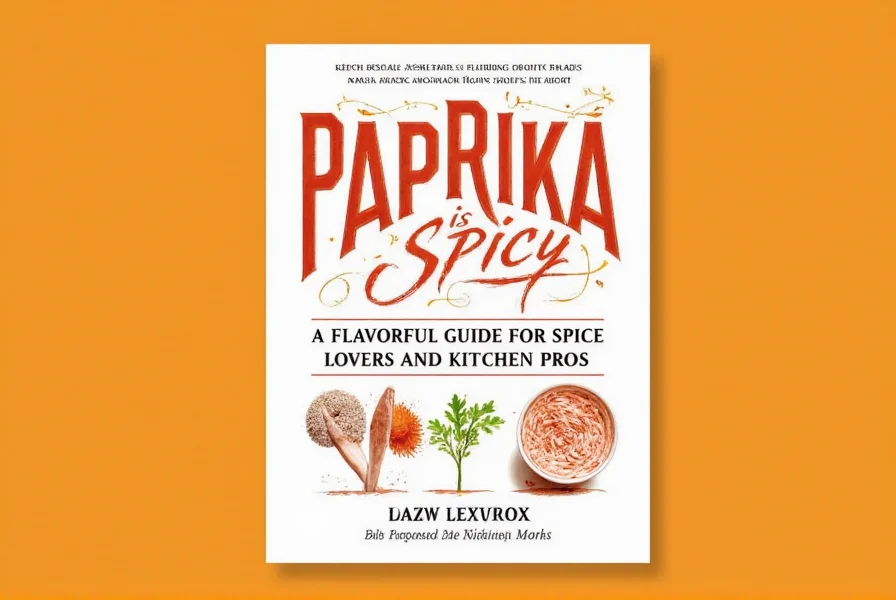
Whether you're looking for a subtle warmth or a fiery kick, there's a paprika for every palate. From stews to snacks, this spice adds both flavor and color to your meals. So next time you reach for a spice jar, don’t forget to give paprika a try—it might just surprise you with its spiciness and versatility.
Now that you know what paprika is spicy, it's time to experiment in the kitchen and discover your favorite way to use it.











 浙公网安备
33010002000092号
浙公网安备
33010002000092号 浙B2-20120091-4
浙B2-20120091-4